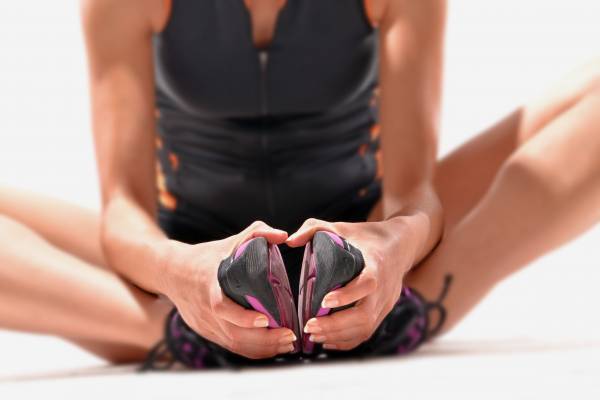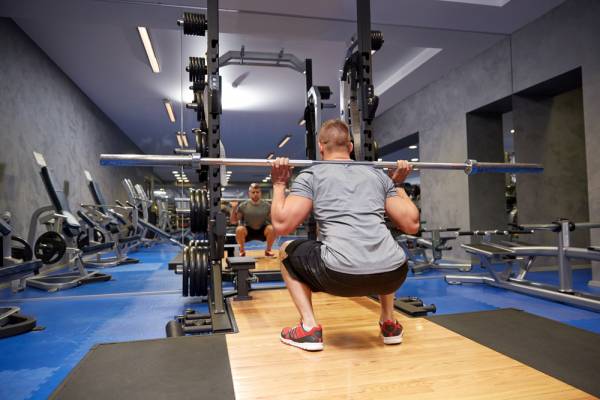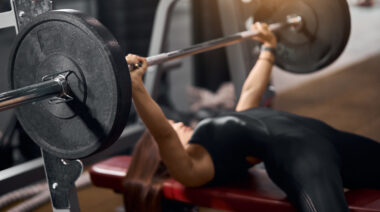You’re stuck spending thirty minutes on your warm up and wondering why you can’t make any gains in your training. Even more importantly, your squat depth is abysmal, you lack a comfortable and effective benching position, and your deadlift pulls are slower than molasses traveling uphill.
What’s your problem?
The exercises I will show you will improve your mobility and increase your lifts.
Well, you’re missing out on a few game-changing bang-for-your-buck mobility exercises. Not only will these drills become staples in a quick and efficient warm-up routine, but they’ll also increase your lifts across the board when performed in between training sets.
Your solution moving forward: a dynamic twist to mobility exercise drills through an innovative approach and a seamless transition within your training for truly game-changing results. Let’s first address what I suspect as your problems, then go through the solutions.
Problem #1: Your Warm Up Is Killing Your Performance
I have an issue with your warm up. It’s way too long. A long warm up will eat away your overall performance. Unless you’re a high-level athlete with ample amount of time on your hands to train in the gym each day, there’s no reason to spend more than eight to ten minutes with your warm-up mobility exercises. You can watch your performance go down the drain if you are.
Always keep in mind that efficient warm-up mobility exercises specifically targeted on primary joints and movement patterns prior to a training session can go a long way toward increasing your overall performance. It’s important to have quality over quantity in your warm up.
“Not only will these drills become staples in a quick and efficient warm-up routine, but they’ll also increase your lifts across the board when performed in between training sets.”
Even more important is the exact opposite fact: time-consuming warm-up mobility exercises that take too long and sap your energy and capacity to produce power chew a major dent in your performance in training. Don’t let this happen to you.
Think about it for a moment: what are your goals in training? If your warm-up mobility exercises aren’t enhancing your chances to achieve these goals via increased range of motion, blood flow, mobility, and access to greater positional capacities, then you’re wasting your energy and time.
Your goal should always be to perform quick and efficient warm-up mobility drills with special consideration toward your actual training session and the movements and lifts included.
Take a step back and look at the bigger overall picture for a moment. Would it make sense for you to run through a mobility exercise that won’t help you much during your lift, or instead, use that time prior to your actual lift to mentally prepare yourself? Always think big picture.

A good warm up is quick, efficient, and goal-oriented.
Problem #2: You’re Wasting Your Time
As I’ve mentioned previously, a warm-up routine should only take you eight to ten minutes. That’s it. This means you should spend time focusing on the most important areas you’re planning on attacking in the actual training session, rather than cranking out five sets of thirty reps per side of wall ankle mobility drills.
“Your goal should always be to perform quick and efficient warm-up mobility drills with special consideration toward your actual training session and the movements and lifts included.”
Ask yourself this question every single time you warm up: “Does this specific warm-up mobility exercise address a primary joint and/or movement pattern that I will be loading in the upcoming lifting session?” If the answer is “no,” then drop the drill and move on to something that does. It’s that simple.
Problem #3: You’re Missing the Window of Trainability
Here’s a scenario: You’re performing heavy back squats, but your depth is absolutely brutal. What do you do about it? Keep squatting, of course. What happens to your squat depth? It doesn’t improve at all.
But what are you doing in between sets of heavy back squats to improve hip mobility, increased range of motion in your hip joint, and more importantly, greater depth and ease into the bottom portion of the squat pattern?
That’s right – nothing at all.
Enter the window of trainability. In between training sets is where the real magic can occur. In the scenario above, you’re clearly lacking the ability to hip hinge and sit down into your back squat with enough depth to call it a respectable lift. Using the window of opportunity to increase the hip hinge pattern should be your primary focus now.
Stop sitting around and wasting precious time in between training sets. Instead, spend that time efficiently on specific mobility exercises that will enhance your lifts.

Use time between sets to work on mobility and prep for bigger lifts.
3 Bang-for-Your-Buck Mobility Exercises
More efficiency in your warm-up exercises is what you need to take that next step toward advancing your training. Below, I’ve provided a few catch-all mobility exercises to perform during your training in between sets.
All three exercises will help you in the following areas:
- Increased range of motion
- Increased mobility
- Increased depth for certain lifts
- Increased positional capacities
- Save time and energy to spend on actual training
- Boost overall performance
- Address primary joints and movement patterns
Yoga Push Up to Hip Flair
- Perform 3-5 reps per side following a training set and aim for a total of 2-3 sets.
- Targeted Areas: Overhead shoulder flexion patterning, lats, triceps, forearms, calves, hamstrings, anterior hip compartment, and obliques.
- Ways to Incorporate: I typically use these in between sets of the bench press, push ups, pull ups, overhead pressing, and any other type of horizontal pushing/pressing exercise.
Hammer-Nail Drive With Reach Under
- Perform 3-5 reps per side following a training set and aim for a total of 2-3 sets.
- Targeted Areas: Hip external rotators, glutes, lats, triceps, shoulder joint (posterior capsule), and obliques.
- Ways to Incorporate: I’m a huge fan of using these smack-dab in the middle of sets of deadlifts, squats, and all other lower-body pull/push exercises.
Elevated Half-Kneeling Overhead Rotational Pattern
- Perform 3-5 reps per side following a training set and aim for a total of 2-3 sets.
- Targeted Areas: Overhead shoulder flexion patterning, thoracic rotation and extension, lats, triceps, forearms, anterior hip compartment, glute activation, and obliques.
- Ways to Incorporate: Use this one in between sets of the bench press, overhead pressing, push ups, pull ups, horizontal pushing/pressing exercises, and hip extension exercises. You’ll be surprised as to how well this targets hip extension, especially for those who get their hips glued down during squatting so often.
Circuits to Use
Additionally, here are a few training circuits I like to use for incorporating the mobility exercises:
Circuit #1: Perform the bench press for one set, immediately followed by the yoga push up to hip flair for one set.
A1) Bench Press, 5×5
A2) Yoga Push-Up to Hip Flair, 3×5/side
Circuit #2: Pull the sumo deadlift for one set, followed right away by the hammer-nail drive with reach under for one set.
B1) Sumo Deadlift, 5×5
B2) Hammer-Nail Drive with Reach Under, 3×5/side
Circuit #3: Back squat for one set, followed by one set of the elevated half-kneeling overhead rotational pattern.
C1) Back Squat, 5×5
C2) Elevated Half-Kneeling Overhead Rotational Pattern, 3×5/side
These combinations have worked well for me and my athletes, so give them a shot. If you have questions on any of these exercises, please post them to the comments below.
More Like This:
- Mobility Work: You’re Doing It Wrong (And Too Long)
- Why Your Mobility Work May Be Harming You
- Is Mobility Just a Fad?
- New on Breaking Muscle Today
Photo 1 by By Cpl. Robert Reeves, via Wikimedia Commons.
Photos 2 and 3 courtesy of Shutterstock.






